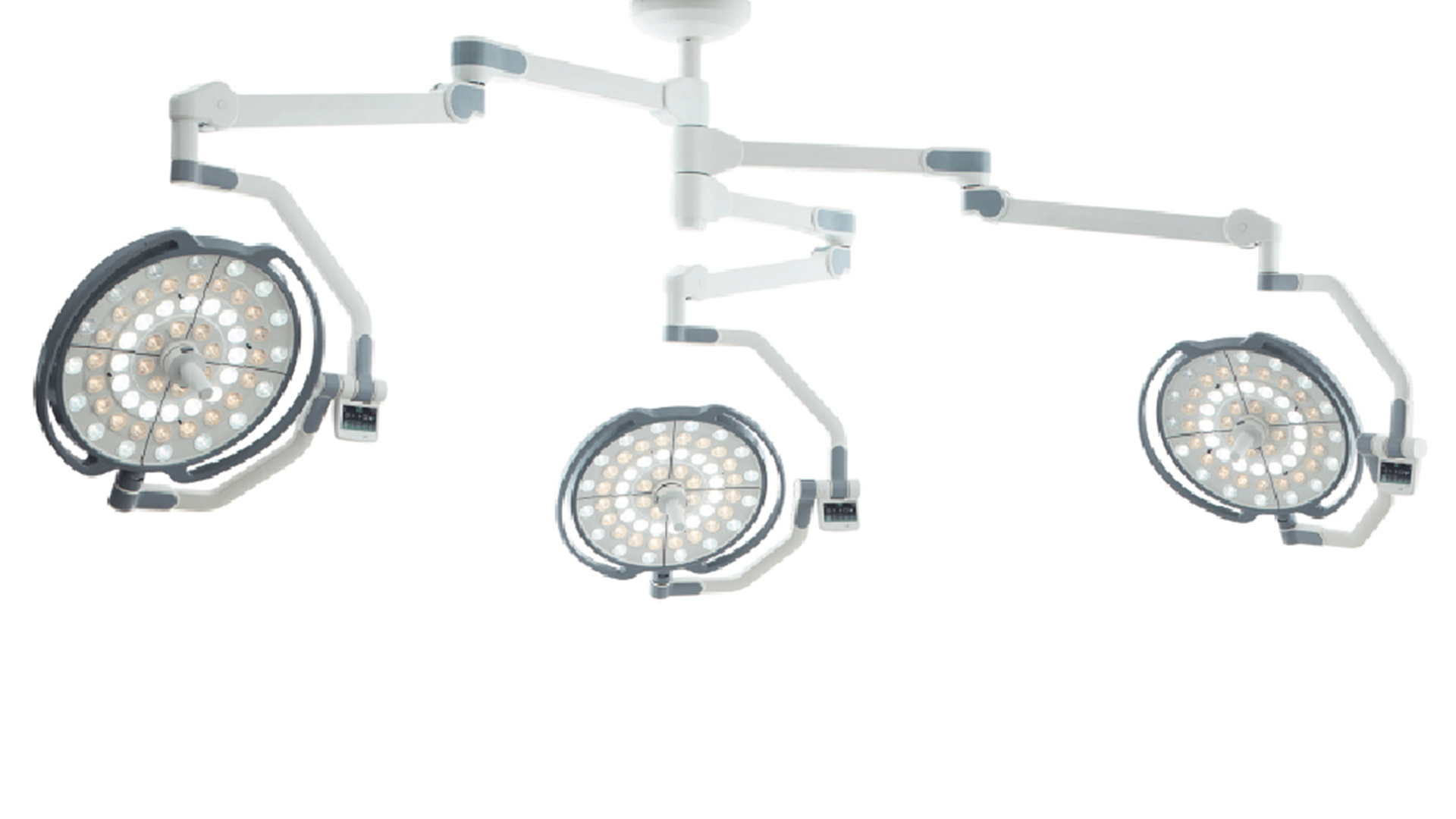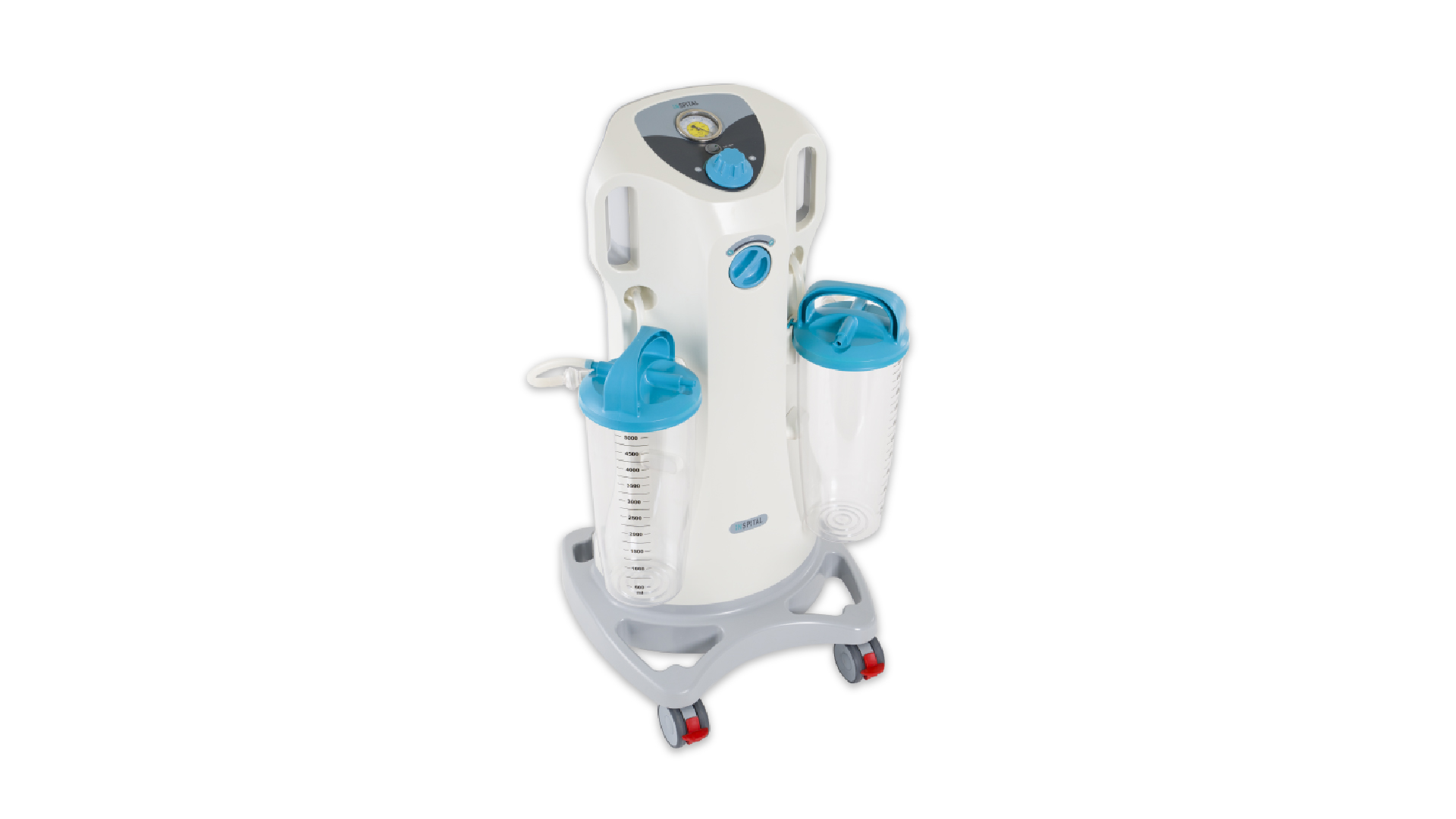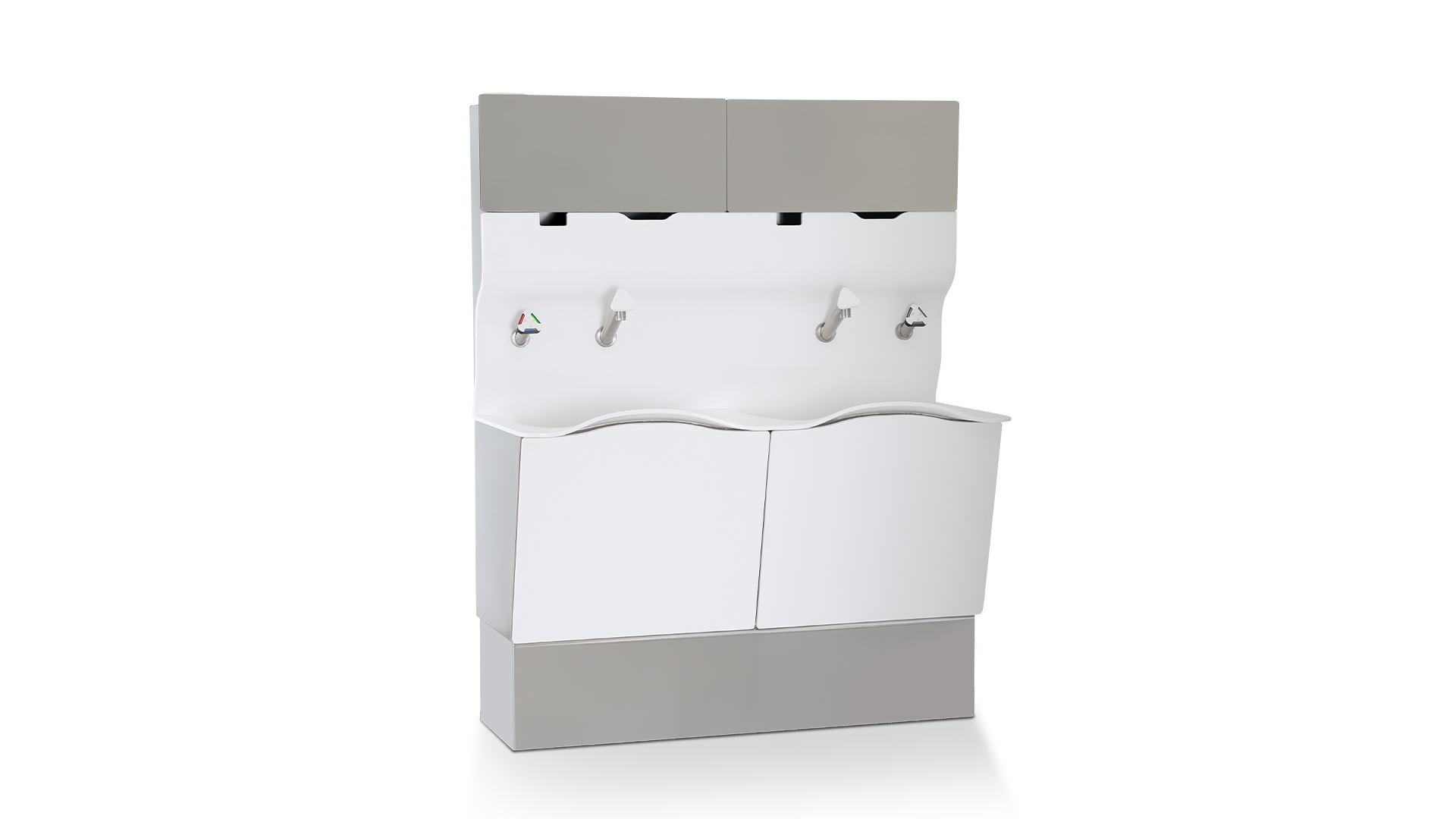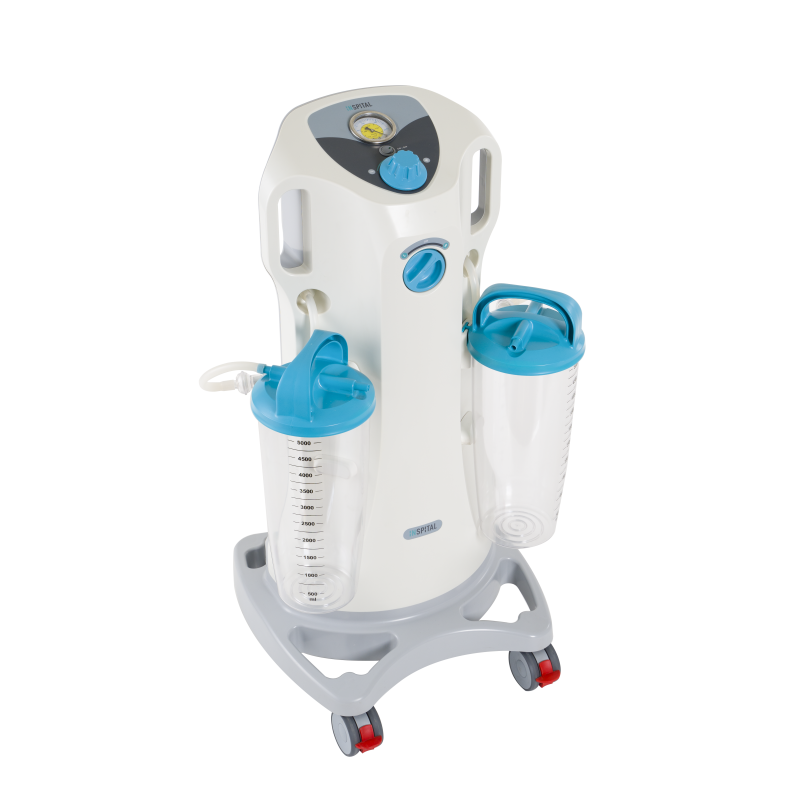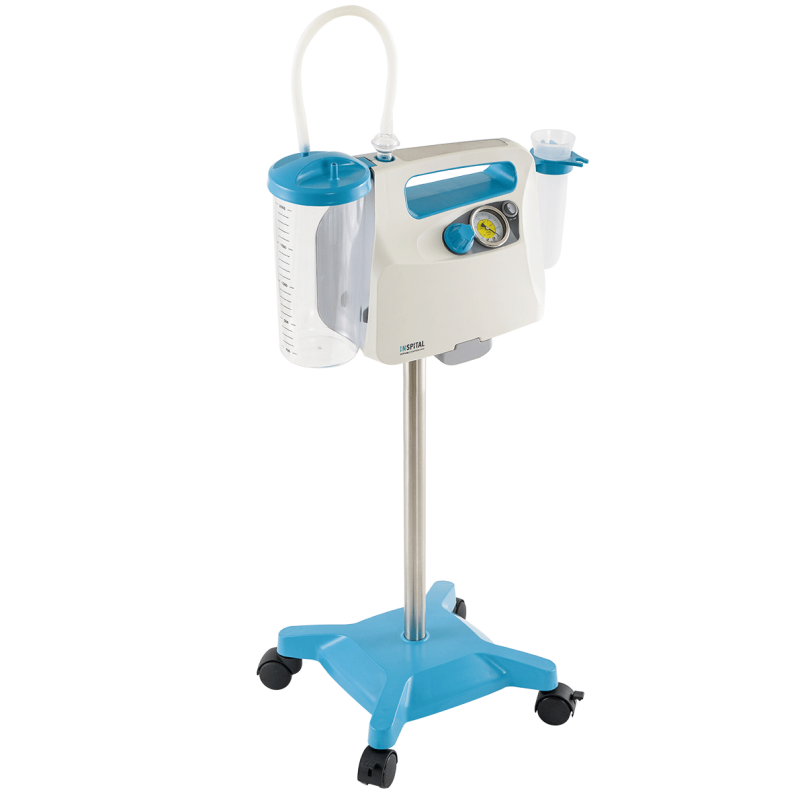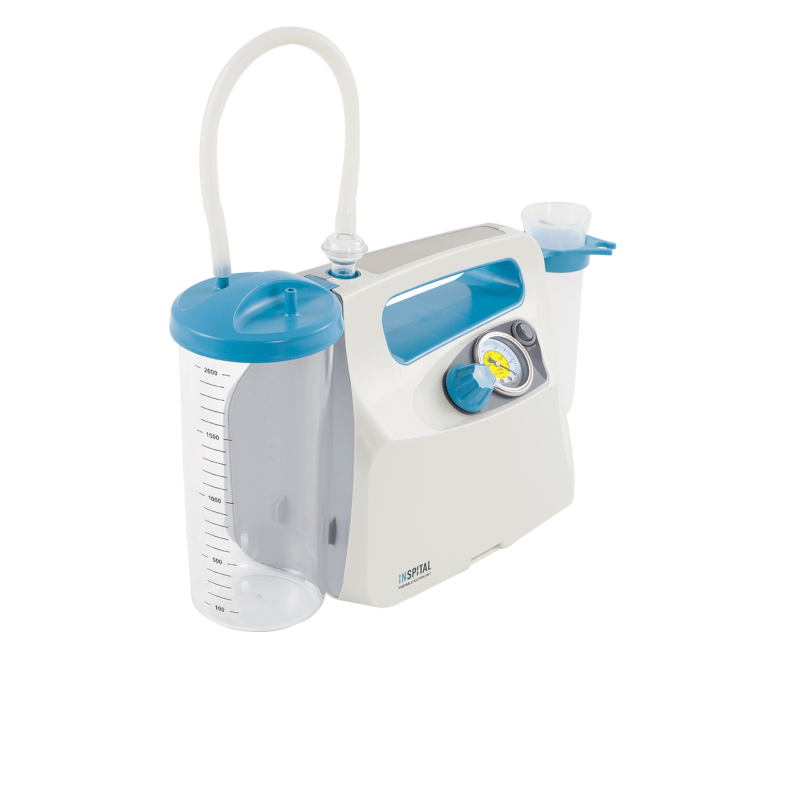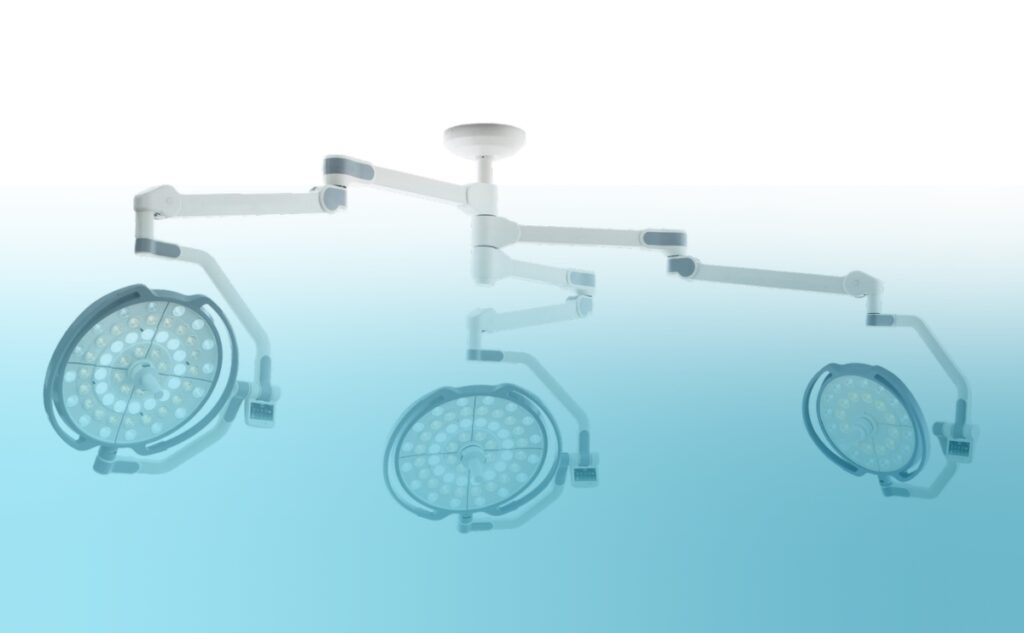Sterilization Containers vs. Disposable Packaging: Which is More Sustainable?
- Hospital Furniture, Hospital Management

Contents
Why is Choosing the Right Sterilization Packaging So Important?
In operating rooms and medical facilities, surgical instruments must not only be safely packaged during sterilization but also stored sterile for an extended period. Effective sterilization packaging protects the instruments from:
- Contamination by germs, dust, or moisture
- Mechanical damage during transport or storage
- Inefficient workflows due to unstructured storage
The packaging must therefore not only be functional but also efficient in handling, economical in operation, and sustainable for the environment.
Disposable Packaging: Convenient, but Problematic?
Disposable sterilization packaging is usually made of sterilization paper, non-woven fabric, or plastic composite materials that must be discarded after a single use. This method is widespread but comes with some disadvantages.
| Advantages of Disposable Packaging | Disadvantages of Disposable Packaging |
| ✔ Easy Handling – Sterile pouches and packaging are immediately ready for use and do not need reprocessing. | ❌ High Waste Generation – Large amounts of plastic and paper waste burden the environment. |
| ✔ Low Initial Investment – The acquisition costs are comparatively low. | ❌ High Long-term Costs – The continuous purchase of packaging materials adds up over the years. |
| ✔ Flexible for Various Instruments – Various sizes and shapes are available. | ❌ Increased Risk of Tears or Damage – Packaging can tear during transport or due to improper handling, requiring re-sterilization. |
| ❌ Not Always Optimal Durability – Sterile goods in disposable packaging can lose sterility more quickly due to external influences (e.g., moisture). |
While disposable packaging can be a practical solution for smaller facilities or short-term requirements, a long-term view shows that they bring high costs and ecological disadvantages.
Sterilization Containers: The Sustainable Alternative
Sterilization containers are reusable, robust containers made of stainless steel or aluminum, specially developed for the safe storage of sterile goods. They provide an effective barrier against contamination and can be reused for many years.
| Advantages of Sterilization Containers | Disadvantages of Sterilization Containers |
| ✔ Sustainability and Waste Reduction – As they are reusable, no large amounts of packaging waste are generated. | ❌ Higher Acquisition Costs – The initial investment is higher than for disposable packaging. |
| ✔ Sustainability and Waste Reduction – As they are reusable, no large amounts of packaging waste are generated. | ❌ Regular Maintenance and Reprocessing – Containers must be cleaned and checked after each use, which can be an additional logistical challenge. |
| ✔ Secure Sterile Goods Storage – Containers reliably protect the contents from external influences, often ensuring sterility for longer than disposable packaging. | |
| ✔ Durable and Stable – Unlike paper or plastic packaging, containers offer high mechanical protection for the instruments. | |
| ✔ More efficient workflows – Standardized container sizes allow for easier organization and quicker preparation of surgical sets. |
Despite the higher initial costs, the long-term benefits of reusable containers outweigh the drawbacks, especially in larger clinics with high sterilization volumes.
Cost-effectiveness: Which option saves money in the long run?
Disposable packaging may seem cheaper at first glance, as it doesn't require high acquisition costs. However, when considering the ongoing costs over several years, a different picture emerges.
A comparison of costs over five years:
- A clinic uses thousands of disposable packages per year. The continuous procurement can cost several tens of thousands of euros annually.
- While sterilization containers have higher acquisition costs, they usually pay for themselves within a few years through savings on packaging materials.
Additionally, containers eliminate the costs for disposing of packaging waste, which also adds up with disposable materials.
Environmental aspect: The right sustainable choice
In times of increasing environmental awareness and growing sustainability requirements, hospitals and clinics are increasingly responsible for improving their ecological footprint. Disposable packaging generates tons of waste that typically cannot be recycled and must be incinerated. Sterilization containers, on the other hand, can be used for many years and contribute significantly to reducing hospital waste.
💡 Conclusion: A clinic that fully switches to sterilization containers can save several tons of packaging waste annually – a significant contribution to environmental protection!
Conclusion: Which solution is better for clinics?
Disposable packaging is a simple but, in the long run, expensive and unsustainable solution for sterile goods storage. Sterilization containers, on the other hand, offer a sustainable, economical, and hygienically safe alternative.
For clinics looking to reduce long-term costs, work more efficiently, and reduce their ecological footprint, sterilization containers are the better choice. While they require a higher initial investment and regular reprocessing, these factors are more than offset by the long-term savings and environmental benefits.
Current News
- Current News, Inspital Medical Technology, Research
News Press
Here you will find current news about trade fairs, congresses, PR and other relevant topics.

